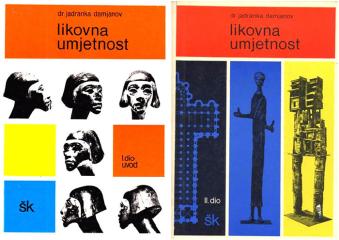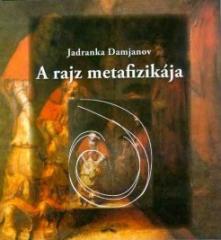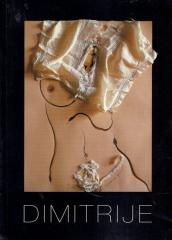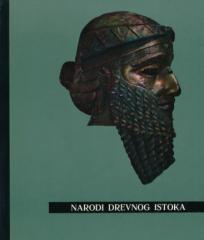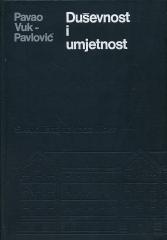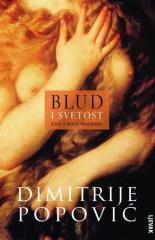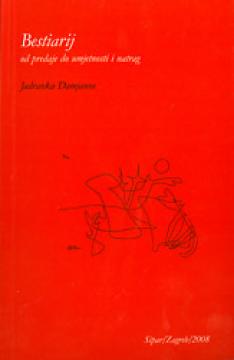
Bestijarij: Od predaje do umjetnosti i natrag
A collection of essays by a distinguished Croatian art historian, exploring the symbolism of animals in art, folklore, and mythology, connecting ancient traditions with their reflection in fine art and culture.
The book analyzes bestiaries – medieval collections of descriptions of real and mythical animals, such as basilisks and dragons, that carry moral and religious messages. Damjanov explores how animals, such as lions, eagles or snakes, became symbols in Christian and secular iconography, from the Romanesque to the modern era. She places particular emphasis on Hungarian mythology, including figures such as Hunor and Magor, and connects folkloric motifs with works of art. The book also considers the role of bestiaries in education and their influence on the collective imaginary.
Through an interdisciplinary approach, Damjanov combines art history, ethnology and literature, offering the reader insight into the cultural role of animals. The style is clear and engaging, reflecting her pedagogical talent. The book is significant for understanding symbolism and transcultural connections, especially in the context of Croatian-Hungarian relations, and remains a valuable contribution to cultural animalistics. The essays are based on radio broadcasts, which the author adapted for a literary format.
One copy is available
